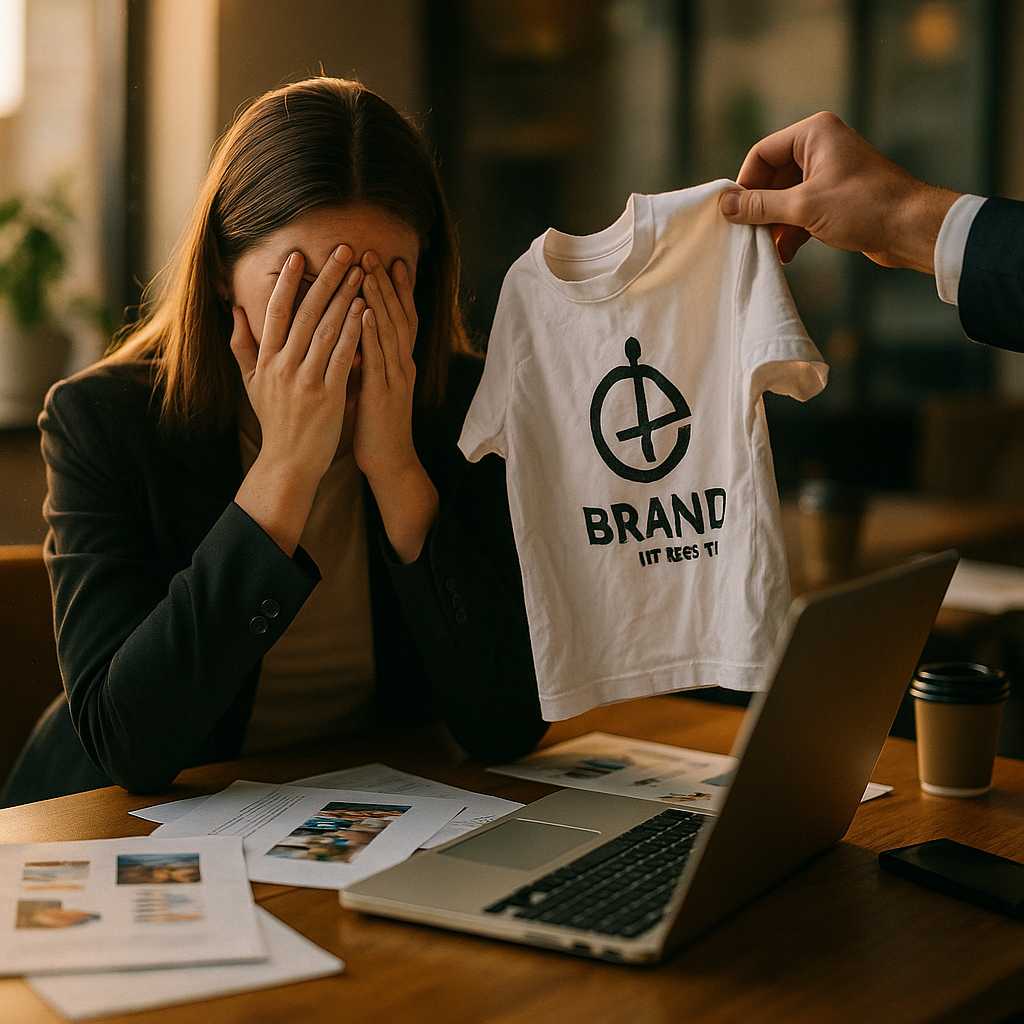A post-mortem of a brand partnership that resulted in a PR nightmare can offer valuable lessons for marketers and business leaders alike. Brand collaborations often promise high rewards, but as recent events show, the risks are real. Understanding what went wrong in the aftermath can help brands avoid similar disasters. What crucial missteps triggered this catastrophic fallout?
Understanding the Risks in Collaborative Brand Partnerships
Brand partnerships are powerful strategies to reach new audiences, drive sales, and build shared equity. However, recent high-profile mishaps have proven that these alliances are fraught with potential pitfalls. In 2025, the speed and scope of social media amplify both wins and failures. According to an Edelman Trust Barometer survey, 73% of consumers in 2024 said they expect brands to vet their partners’ values due to rising concerns over authenticity.
The primary risks include:
- Brand Misalignment: Differing values or mismatched audiences can sow confusion and erode trust.
- Reputational Contagion: When one partner faces a crisis, the fallout can quickly taint both brands.
- Inadequate Due Diligence: Lack of thorough vetting may unearth unpleasant surprises after launch.
- Poor Crisis Communication: Unpreparedness can escalate small problems into public disasters.
Learning from a PR nightmare means pinpointing these risks early and planning effective safeguards.
The Domino Effect: How a Partnership Sparked a PR Crisis
Examining a recent, anonymized major brand partnership reveals how rapidly events can spiral. It began with a campaign intended to showcase both brands’ shared commitment to ethical practices and sustainability. However, an investigative report exposed unethical working conditions at one partner’s overseas supplier. Social media outrage erupted within hours, and the campaign’s hashtag was quickly hijacked for criticism.
By the following day, journalists, influencers, and even loyal customers piled on. Negative headlines trended across major platforms, and prominent personalities called for boycotts. Within 72 hours, both brands issued hurried statements. Instead of transparency, their vague language and refusal to address specifics appeared evasive, compounding distrust. The public saw not just mistakes, but an unwillingness to take responsibility.
Lessons Learned: Effective Crisis Management in the Age of Social Media
Modern PR nightmares are exacerbated by the digital echo chamber. Effective crisis management requires a multi-pronged approach rooted in the principles of Google’s EEAT (Experience, Expertise, Authoritativeness, and Trustworthiness). In the case above, several actions could have changed the outcome:
- Swift, Transparent Communication: Immediate, sincere acknowledgement and clear information beat generic apologies. Studies from PR Week in early 2025 show brands that communicate transparently recover trust up to 35% faster.
- Proactive Monitoring: Social listening tools can spot brewing issues before they go viral. Quick response can stop crises in their tracks.
- Internal Alignment: Both brands must agree on messaging. Mixed statements confuse audiences and foster skepticism.
- Concrete Action: Outline how issues will be addressed, set deadlines for improvements, and follow up with proof of progress.
A data-driven, empathetic approach demonstrates that the brand values its audience’s concerns, not just its image.
Protecting Reputation: Best Practices for Brand Partnerships
To protect brand equity, companies must proactively build safeguards before launching collaborations. Drawing on real-world failures, experts recommend the following best practices:
- Thorough Due Diligence: Deeply vet potential partners—explore not only financials but also social, environmental, and ethical histories.
- Shared Values and Reputation Mapping: Audit both brands’ public perception and values alignment. Use consumer data to anticipate points of friction.
- Contractual Crisis Protocols: Clearly define mutual responsibilities and escalation procedures in all agreements.
- Pre-Launch Scenario Planning: Simulate possible crises and rehearse joint responses. Harvard Business Review found that brands with scenario plans are 48% more likely to minimize lasting PR damage.
Implementing these practices is no guarantee against crisis, but they significantly reduce exposure and speed up recovery.
Rebuilding Trust: Steps After a PR Nightmare
When a partnership goes awry and a brand faces public backlash, rebuilding trust is essential. In 2025, this often means more than apologies—it requires action and ongoing engagement:
- Open, Honest Updates: Keep stakeholders informed about remediation efforts, and disclose findings—even uncomfortable ones.
- Third-Party Validation: Commission audits or investigations from respected, independent entities to demonstrate commitment to improvement.
- Authenticity Over Spin: Consumers recognize genuine change. Showcase operational overhauls through transparent storytelling.
- Long-Term Listening: Engage honestly across social channels, taking feedback seriously to inform future decisions.
A Harvard-led survey in late 2024 found that 61% of consumers say brands that own up to mistakes and enact change can recover their loyalty within a year.
Conclusion: Key Takeaways for Future Brand Partnerships
A post-mortem on a brand partnership PR nightmare highlights the necessity of preparation, transparency, and rapid response. Brands that learn from others’ mistakes—and act with genuine accountability—can rescue reputations and strengthen future collaborations. The best partnerships prioritize mutual values and rigorous ongoing risk management.
FAQs about Brand Partnerships and PR Nightmares
-
What is a PR nightmare in brand partnerships?
A PR nightmare occurs when a brand collaboration leads to widespread negative publicity, damaging reputation, customer trust, and sometimes revenue. -
How can brands avoid PR disasters in partnerships?
By thoroughly vetting partners, aligning values, creating crisis response plans, and preparing transparent communication strategies before launching. -
What should brands do immediately after a PR crisis emerges?
Act swiftly with honest, informed messaging, address stakeholder concerns, and set out specific actions to resolve the issue. -
Can a brand fully recover from a partnership PR nightmare?
Recovery is possible—especially when brands take responsibility, enact real change, and maintain open communication with their audiences. -
Why is transparency important during a partnership crisis?
Transparency builds trust, signals accountability, and demonstrates respect for stakeholders’ right to honest information, all of which aid recovery.
